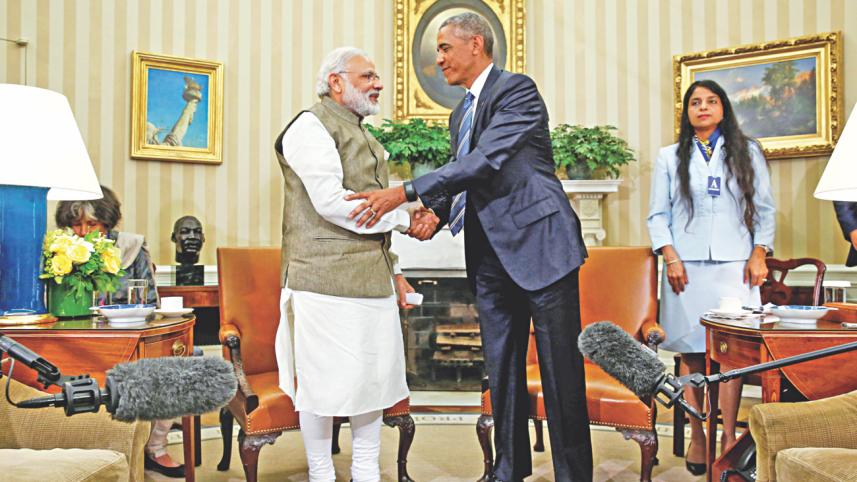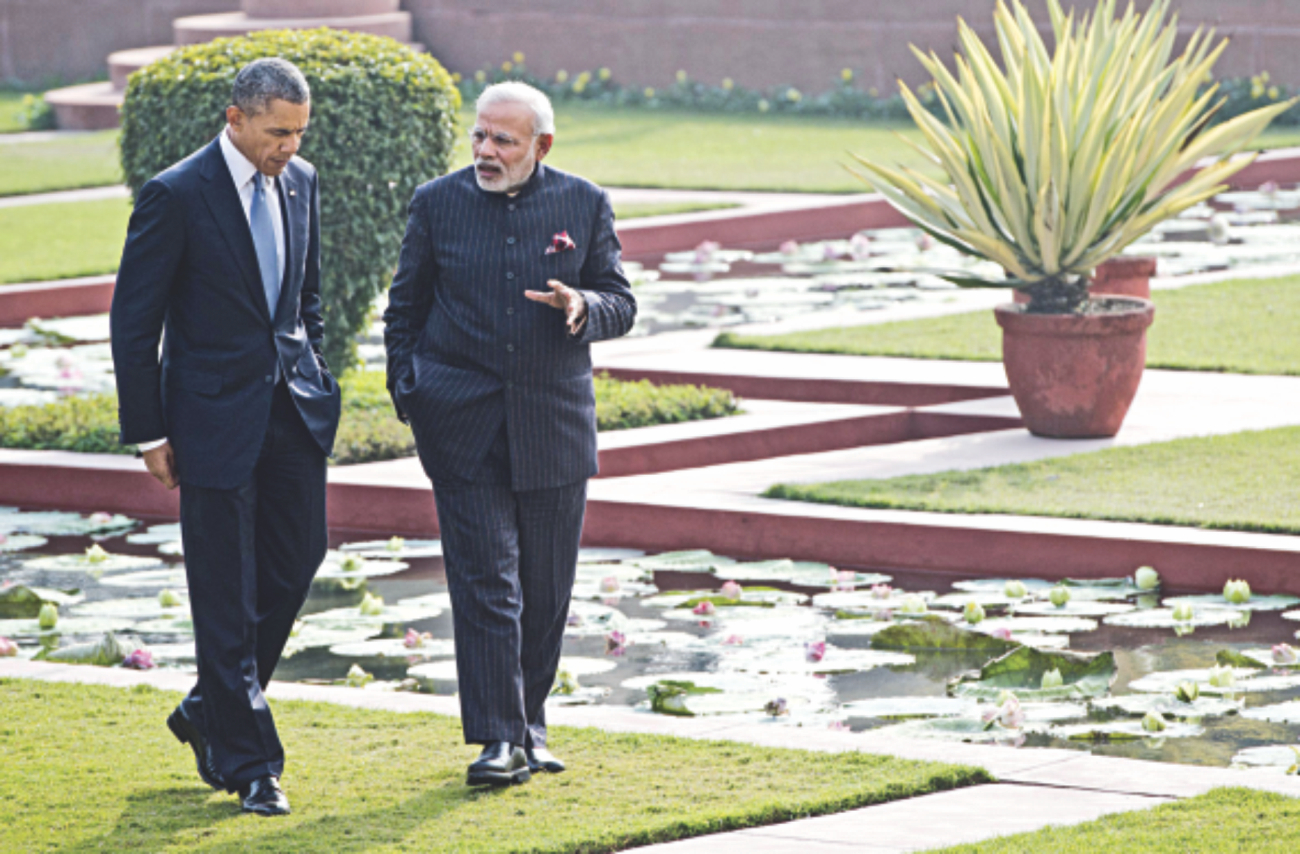Why India's PM is in US... again

When India's Prime Minister Narendra Modi concludes his three-day visit to Washington on Wednesday, he will likely reflect on how the relationship between the world's two biggest democracies is becoming ever closer, a step towards fulfilling US President Barack Obama's prophesy that India and the United States would form "one of the defining partnerships" of the 21st century.
At the very least, Modi deserves credit for generating an impressive amount of air miles. This week marks his fourth US visit since assuming office in 2014. It is also the seventh time he has met Obama.
But there is an important first this week too: Wednesday will mark the first time Modi has been invited to address a Joint Meeting of Congress in the House Chamber -- an honor bestowed on just a few world leaders every year.
The meet is largely a win-win visit for both leaders.
For Obama, India could be seen as a foreign policy success, far away from the crises of Syria and Libya, the unease with Russia, or the competition with China. New Delhi has emerged as a partner in the Indian Ocean and a hedge against China's ambitions. US-India ties in defense, intelligence sharing, trade, and investment have gotten stronger.
A steady stream of US CEOs make their way to India every month, looking to cash in on a country that is increasingly seen as a rare growth spot in a bleak global economy.
Inviting Modi to Washington is Obama's way of sealing one part of his foreign policy legacy.
As India's Foreign Secretary S Jaishankar put it to reporters at a briefing in New Delhi last week, there are very few world leaders Obama wants to see in his remaining months in office. Modi is clearly one of them.
For Modi, the benefits of a strong American friendship are clear: being aligned closer to Washington means he can attract more business and trade, which has always been his top priority. As the Brookings Institution's Tanvi Madan points out, US-India trade has jumped from $60 billion in 2009 to $107 billion in 2015; sales of US defense equipment to India now reach $14 billion, up some 50-fold from a decade ago. The US is also expected to help India join the Nuclear Suppliers Group (NSG), a club of countries trading materials for nuclear energy.
for India, which has in the past flirted more with the Soviet Union than the United States, New Delhi's friendship with Washington hasn't cost it its own independent views. While cozying up to the White House, India has continued to forge ahead with investments in Iran, for example, such as its recent development of the Iranian port, Chabahar.

It is significant that Modi will be arriving in the US from Switzerland, and traveling onwards to Mexico -- both are countries that are members of the NSG, and crucial to rallying support for India's bid to join the group.
America's support will be vital too. In return, Obama may push Modi to advance his climate change agenda following the Paris Agreement signed in 2015.
 For all latest news, follow The Daily Star's Google News channel.
For all latest news, follow The Daily Star's Google News channel.